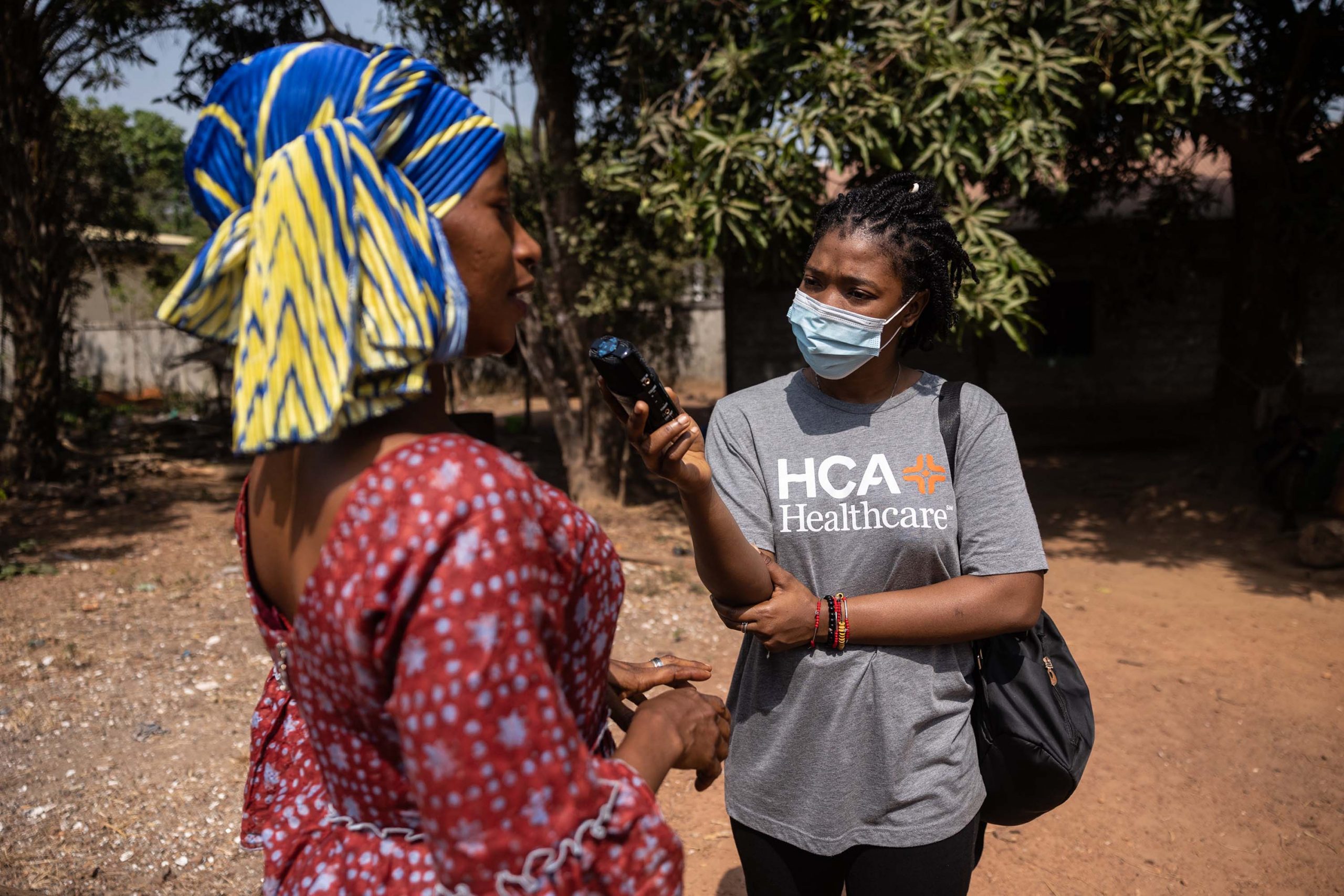At a time when the level of humanitarian need around the world has never been higher, with the effects of the COVID-19 pandemic adding to those of conflict and climate change, the media can be a powerful tool to help communities cope with humanitarian crises.
In 2021 the world saw the highest level of humanitarian need for decades. Conflict, climate change and the COVID-19 pandemic took a heavy toll, and in the countries where Fondation Hirondelle operates there were significant rises in food insecurity, extreme poverty and forced displacement.
Globally, the United Nations estimated that the number of people in need of humanitarian assistance and protection was 235 million in 2021. Projections for the coming year are worse: as of April 2022, that figure has jumped to 295 million* – that is 1 in 27 people, compared to 1 in 45 in 2019.
Media can be a powerful tool in assisting communities to cope in humanitarian crises. The provision of practical information – such as how to make water safe to drink or where to access food and shelter – can mean the difference between life and death. Media can counter dangerous rumours (“black people cannot catch Covid”… “aid workers are coming here to kill us”), it can highlight community-led solutions and draw attention to areas of need.
In many regions, insecurity means humanitarian access is becoming increasingly difficult. And while the physical supply of aid such as medicine and food cannot always be substituted, the right kind of information is, in itself, a form of aid, and can go a long way towards helping people manage their situation and make the right decisions. Media is able to reach hundreds of thousands of people instantly, including in areas which are remote or inaccessible to aid agencies.
Fondation Hirondelle has been operating in humanitarian crisis contexts since 1995, and as well as seeking to provide impartial, reliable news in such environments, it is now adding a stronger emphasis on programming designed specifically to meet the humanitarian information needs of people directly affected by crises. For example, in October 2021 our team in Burkina Faso launched Faso Yafa, a 30-minute weekly radio programme to support the 1.7 million displaced people in the country. As well as sharing practical information, such as helpline numbers for humanitarian assistance and advice from a psychologist on dealing with stress and trauma, the programme seeks to entertain, including storytelling and musicians, in recognition that many audiences also need respite from their difficult situation and will be more likely to engage with programmes that make for enjoyable listening.
Mass displacement of people can often lead to tensions with those communities that end up hosting them, in particular if the latter already face precarious living conditions. A major influx of vulnerable people can result in anger, stigmatisation, disputes over resources and sometimes violence. This has been the case in Cox’s Bazar, Bangladesh, where some 900 000 Rohingya people remain in camps, having fled a wave of persecution which began in Myanmar in 2017. The following year Fondation Hirondelle began a programme whose objectives included increasing social cohesion between refugees and host communities, using radio as a space for dialogue to increase mutual understanding and acceptance. In 2021 we were able to assess the impact of the work, findings showed that 60% of respondents said the programmes increased their tolerance towards the refugee community.
Programme-makers require specific skills and knowledge – beyond conventional journalism – in order to develop effective content for crisis-affected populations. As such, Fondation Hirondelle is training its own staff and partners on how to communicate effectively with audiences facing humanitarian emergencies. This includes how to navigate and engage with the humanitarian system, what kinds of information are most relevant and how to ensure affected communities have a voice. So far, training has been done in Burkina Faso, focusing on the needs of displaced people, and in Niger, where conflict and food insecurity mean that about 15% of the population is expected to need aid in 2022.
Unfortunately, the discouraging forecasts and recent events – not least the Russian invasion of Ukraine – make it clear that the need for such skills will be even greater in the months and years to come, and Fondation Hirondelle will continue to broaden and deepen its efforts to ensure media are truly at the service of populations affected by crises. ■
*Source: https://hum-insight.info/
The provision of practical information - such as how to make water safe to drink or where to access food and shelter - can mean the difference between life and death.


